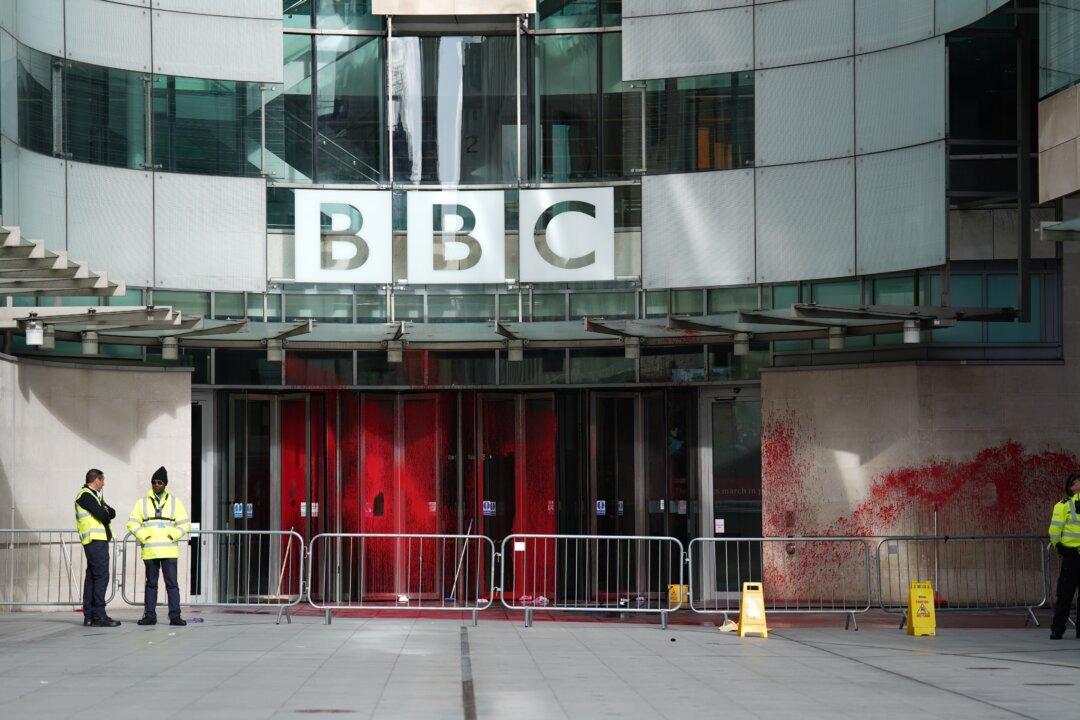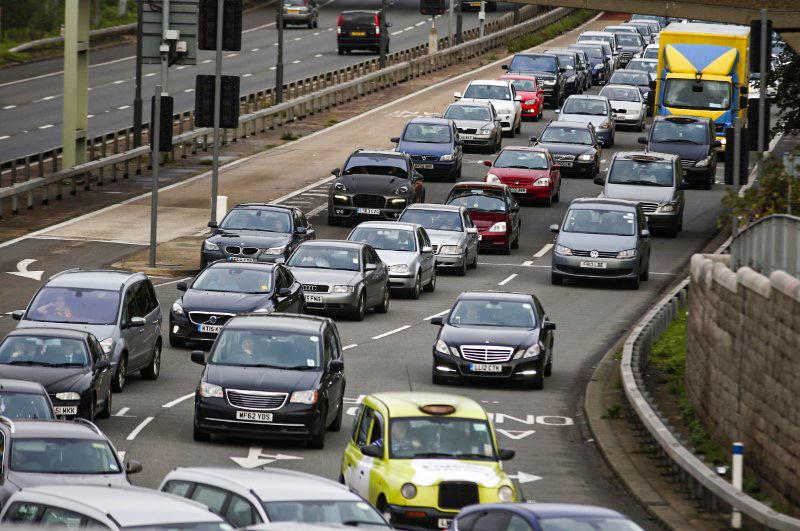The government will face “insurmountable pressure” to increase the minimum retirement age by maintaining the triple lock on state pensions, according to the Institute for Fiscal Studies (IFS).
The analysis also indicates that the triple lock could potentially increase spending by anywhere between a further £5 billion and £45 billion per year, in today’s terms, by 2050.





